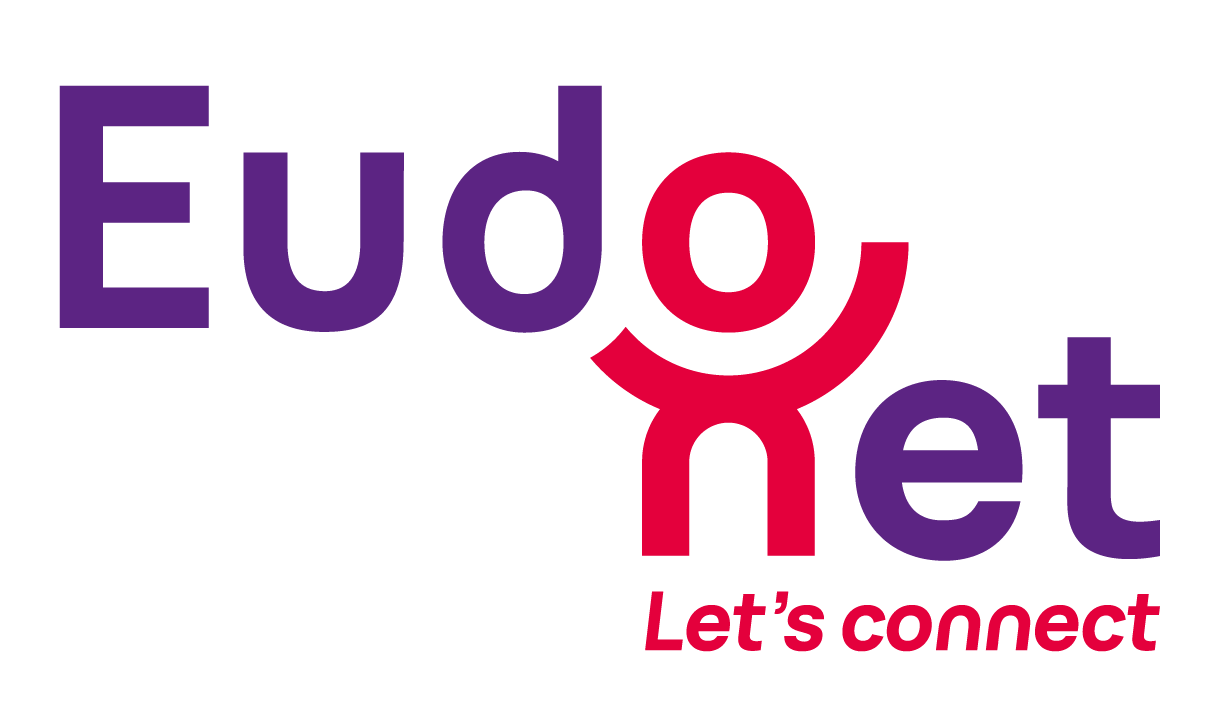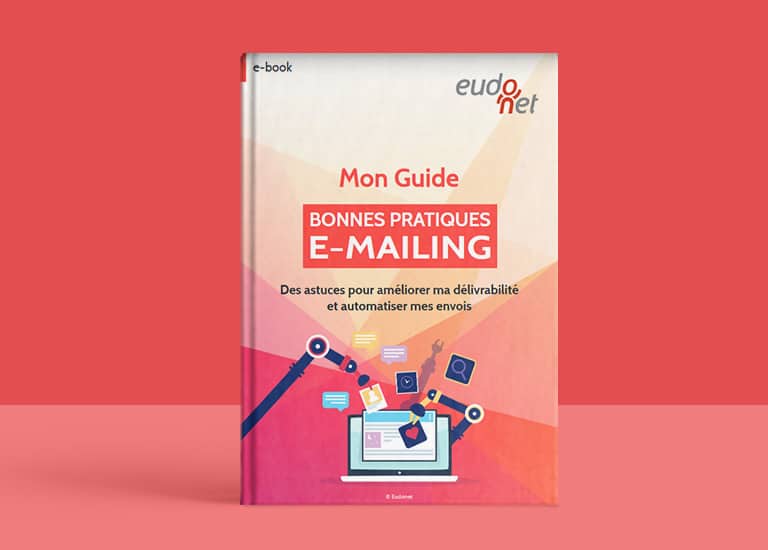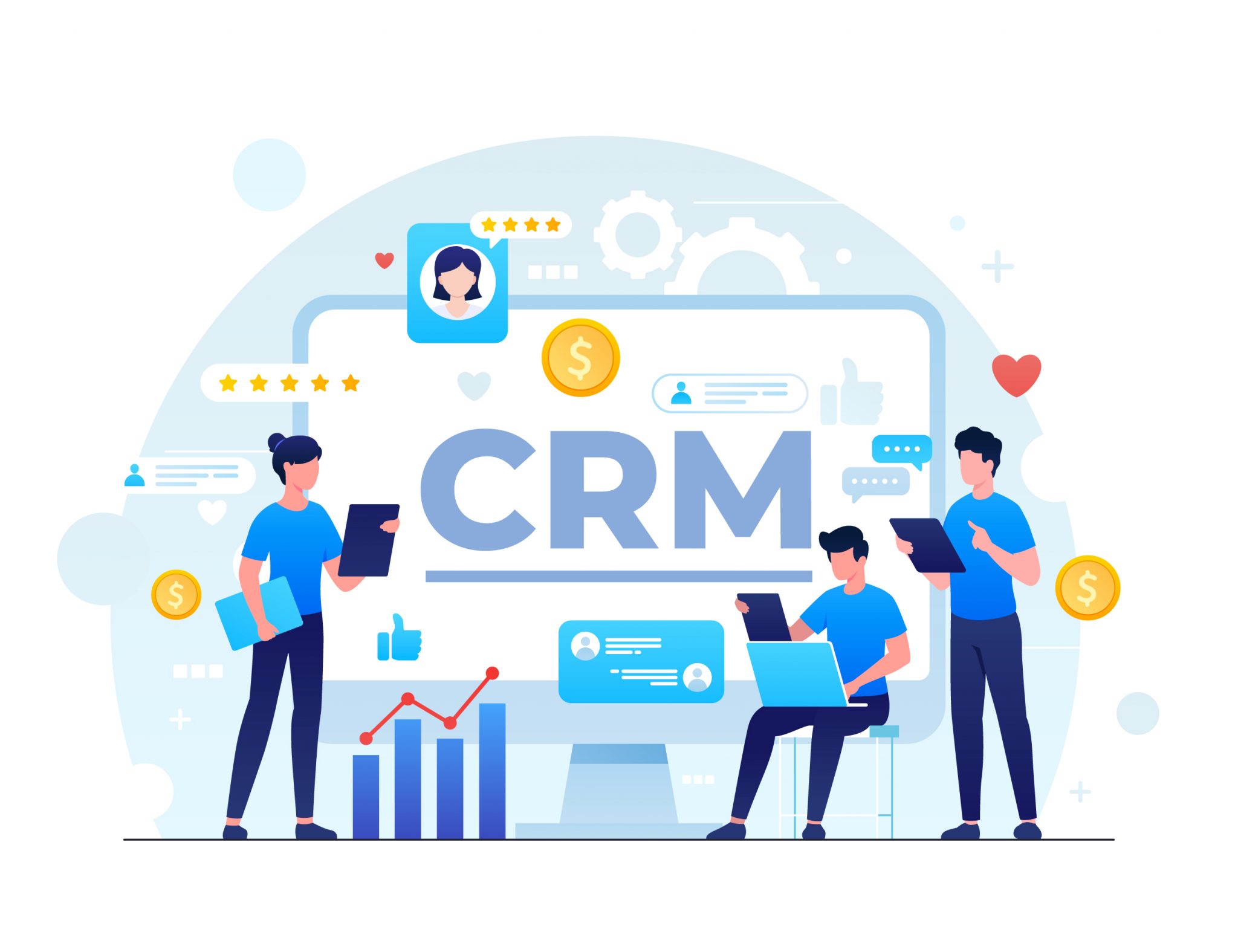Throughout the year, but specifically during the return to work period, your communication campaigns must perfectly target the contacts you want to reach. Your database, your greatest asset, must then be well segmented to optimize the sending of your messages and reach the right people.
Why segment your contact database?
Segmenting your database consists of grouping contacts or types of contacts in a homogeneous way according to internal criteria, more or less complex. This action is carried out in order to address specific messages that may interest one of these groups of contacts.
Segmenting to define your organization’s communication strategy
By grouping your contacts by criteria, you optimize the structure of the information at your disposal. You thus highlight dynamics: by segmenting your contacts according to their age, sex, source of contact (social networks, website, store, etc.), newsletter opening, or any other relevant criteria for your organization, you identify major trends.
Highly strategic, segmenting your contact database plays a crucial role in decision-making: thanks to it, you develop the foundation of your communication plan. From this foundation, you develop campaign strategies dedicated to each segment. Thus, you are able to define the highlights and annual campaigns to be carried out with your targets: digital campaigns, events, newsletters…
Segmentation is an essential step to ensure effective targeting, a determining factor in the success of your campaigns.
Segmenting to personalize the relationship with your contacts
Now that the outlines of your communication plan are developed, it is time to focus on the operational and thus plan in detail each campaign. To make each contact feel unique, your interactions must be consistent with the history of your relationship. Through segmentation, you ensure that you communicate in an appropriate manner with all your contacts.
What could be better than a new communication that goes into more detail on a subject that interested your reader in the previous one?
Segmenting to more easily automate campaigns
The segmentation of your database makes perfect sense in the context of Marketing Automation. These scripted and automated campaigns allow you, for example, to send an automatic reminder to all people who have not opened your last email.
By segmenting your contacts according to your criteria and by resorting to the automation of certain actions, you free up time and can thus concentrate on other tasks. This, however, requires a certain rigor: qualification of contacts, knowledge of profiles and paths, etc.
Segmenting to analyze and adapt your conversion strategy
Segmenting gives you an enlightened eye when analyzing your results once your campaigns are carried out.
Which categories are more active occasionally and in the long term? Which type of contacts has the best engagement rate? Which period is the most suitable for soliciting them? Thanks to tracking links, you highlight the major trends that interest your contacts.
In addition to guiding you in the creation of your communication strategies, segmentation helps you in your overall strategy with a macro “360°” vision as well as in a finer strategy with a micro vision. You are then able to analyze the reactions of your audience to determine your weaknesses, as well as your strengths. Thus, you have all the necessary data for short and medium-term projections and can correct your strategy to make it more efficient.
How to properly segment your contact database?
Between choosing tools and indicators, updating your database, using scores and filters, what are the best practices for properly segmenting your contacts?
Choosing the right tool to segment your contact database
Say “Goodbye!” to the old spreadsheet Excel! It’s too archaic for a contact management strategy. The recommended tool for centralizing your information and optimizing your solicitations is a CRM solution. This allows you to easily segment your contacts and assign them scores to better target them in your email campaigns. Often, an email editor is included in the basic features of CRMs. This means you can communicate with your segments without having to leave the tool, while also processing all this data in compliance with GDPR regulations.
Regularly updating your donor database
We can’t stress enough: the key to successful segmentation is collecting and centralizing information in a single tool. Centralizing data allows you to cross-reference it according to the criteria of your choice, based on your current needs.
However, this data only has real value if it is regularly updated. This way, you avoid sending to the wrong address or multiple solicitations to the same contact.
Using the right criteria to filter and create scores
Which segmentation criteria should you prioritize for your contacts? A question that seems simple but the answer isn’t always as straightforward. In reality, segmenting your contact database will depend on your industry, services and products, as well as your targets. It will also depend on your internal processes and strategy. An NGO that focuses on educating young women in Africa will not segment in the same way as a Professional Federation of Metallurgy.
Although the RFM score (recency, frequency, monetary) is one of the most well-known segmentations, the affinity score is an equally relevant alternative. Rather than relying on the latest transactions, it focuses on the interests of your contacts.
For your segmentations, the following criteria (non-exhaustive list) can also be used alone or combined to obtain other customized scores on your contacts and determine those with the most potential:
- Structure: individual, company, association…
- Type of transactions: purchase, rental, donation, etc.
- Type of contact: key account, occasional buyer, etc.
- Geographical zone
- Socio-professional category
- Age / Generation
- RFM
- Type of payment: check, direct debit, online credit card, etc.
- Email opening / link clicks
- Any other data collected, for example, from a survey.

Now that you have selected your grouping criteria, you can create your segments to launch your email campaigns. These segments may evolve according to the feedback and analyses you receive, allowing you to adapt them to the reality of your situation. They will also change over time to increasingly reflect your business activity and objectives.
Simplify your segmentation with Eudonet CRM
With its advanced filters, Eudonet CRM simplifies the search for segments and contacts in your database. Its powerful email editor allows you to create campaigns tailored to your image and analyze their impact. “RGPD Ready,” Eudonet CRM enables you to process your data in compliance with current European legislation.

 By Marc Thévenin
By Marc Thévenin 




